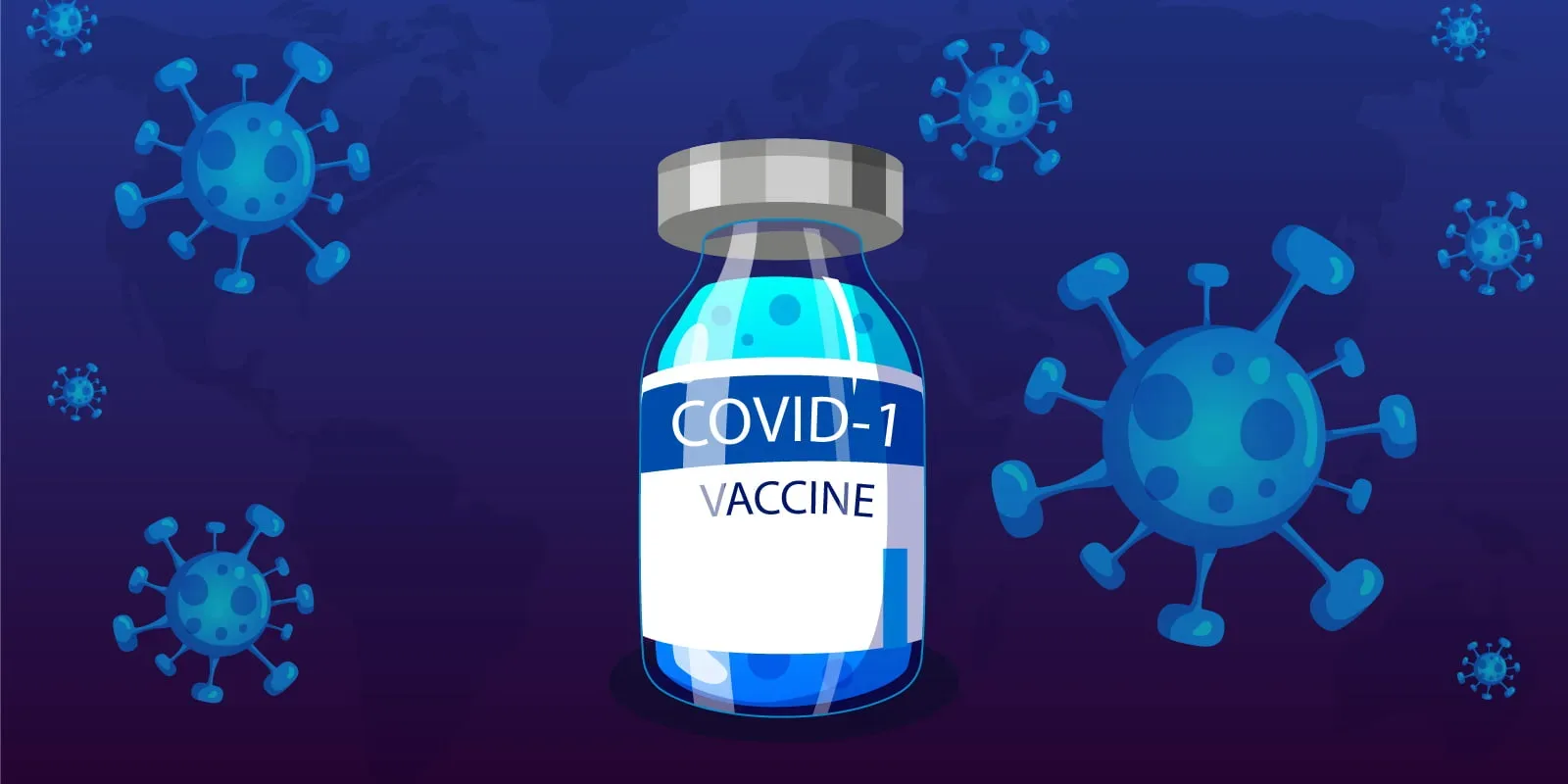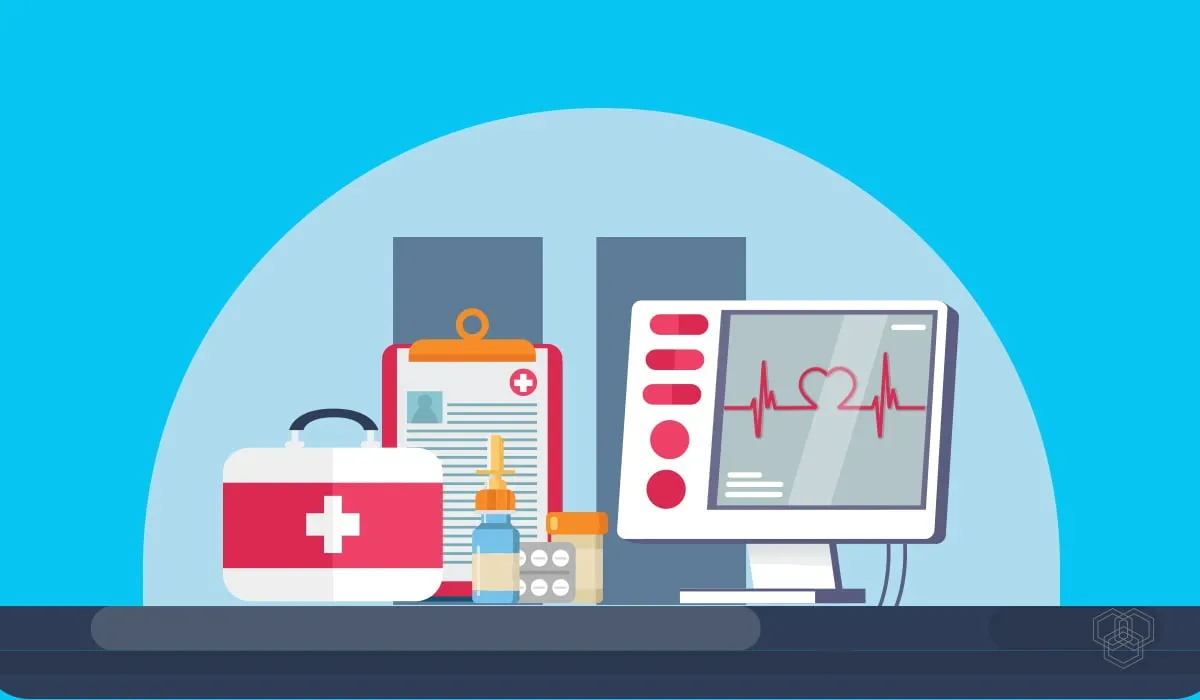As we go through life, we experience anxiety in various stages. It is normal to feel anxious occasionally. However, if your anxiety disrupts your daily activities, you may have an anxiety disorder.
People may experience persistent and overwhelming anxiety; if it becomes excessive, one should consult a mental health specialist. Anxiety disorders are genuine medical conditions and are referred to as mental health problems. Like any other physical ailment, such as lung disease or diabetes, anxiety disorders should be taken seriously.
In this world of anarchy, anxiety disorders are one of the most common and prevalent mental health disorders across the world.
Speaking technically, “Anxiety disorder” is referred to as a specific psychiatric disorder that comprises of excessive fear and worry. The person who has an anxiety disorder are aware of how it gets worse with time rather than just going away.
The symptoms of this disorder hinder various activities, including relationships, work performance, and academic performance.
There are different types of anxiety disorders present among people. These anxiety disorders are as follows:
Table of Contents
1. Generalized Anxiety Disorder
People with generalized anxiety disorder, or GAD, experience excessive worry or fear about various aspects of their life, such as social interactions, routine tasks, health, and work. This excessive worry and fear can cause significant problems in different areas of their life, which is detrimental to their well-being.
Symptoms of GAD
The symptoms of GAD include physical symptoms like bowel complaints, headaches, muscle tension, fatigue, sleep problems, concentration issues, as well as excessive worrying and fear that make daily activities difficult.
GAD is caused by various factors including biological, psychological, family history, and stressful life events. Emotional sensitivity can also contribute to this disorder. Professional experts and therapists are available to assist individuals in managing their anxiety disorders through psychological treatments or medication.
2. Social Anxiety
Social anxiety, or social phobia, is the fear of judgment and humiliation in the presence of others. It is common for individuals to feel nervous when receiving attention, such as during a presentation. However, those with social anxiety disorder may fear being judged or laughed at while performing in front of others.
Symptoms of Social Anxiety
General symptoms of social anxiety include physical and psychological symptoms. Physical symptoms may manifest as trembling, stammering, nausea, excessive perspiration, and distress. These physical symptoms can exacerbate anxiety as individuals fear being noticed by others.
Social phobia is most common among naturally shy and socially distant individuals, while others may develop social anxiety due to mistreatment, humiliation, or bullying in school. The primary treatments for social anxiety are psychological and medical interventions.
3. Panic Disorder
A person with recurrent and incapacitating panic attacks has a panic disorder. This disorder causes significant changes in behavior, including worry about the consequences and increased frequency of unexpected attacks. The attacks typically last 10 to 30 minutes and leave the person fatigued. They can even happen during sleep, causing awakening.
Symptoms of Panic Disorder
The symptoms of panic disorder include elevated heart rate, excessive perspiration, dizziness, breathing difficulties, loss of self-control, and a sense of fear. Individuals with panic disorder may also experience ‘de-realization,’ which is the feeling that the surrounding world is unreal.
Panic disorders can result from various factors such as biology, medical conditions, negative experiences, or family history. Therapists can treat panic disorder using psychological treatments or medication.
Other Types
The three major anxiety disorders are generalized anxiety disorder, panic disorder, and social anxiety disorder. Other types of anxiety disorders include obsessive-compulsive disorder (OCD) and post-traumatic stress disorder (PTSD). Specific phobias include fear of flying, fear of snakes, and fear of spiders.
How therapists can help?
Anxiety disorders are easily treatable, but only 36.9% of those affected receive treatment. With appropriate care and medication, individuals with anxiety disorders can effectively perform daily tasks.
Psychologists and therapists diagnose anxiety disorders and teach clients healthier coping strategies. Cognitive Behavioral Therapy is the most common treatment for anxiety disorders, where psychologists help patients identify and manage factors contributing to their anxiety, and change thought processes that exacerbate symptoms.
For individuals with various anxiety disorders, the treatment and duration vary. Hence, it is crucial to acquire a diagnosis prior to commencing treatment.
What are 10 types of anxiety disorders?
1. Generalized Anxiety Disorder (GAD)
2. Panic Disorder
3. Social Anxiety Disorder (Social Phobia)
4. Specific Phobias
5. Obsessive-Compulsive Disorder (OCD)
6. Post-Traumatic Stress Disorder (PTSD)
7. Separation Anxiety Disorder
8. Agoraphobia
9. Selective Mutism
10. Substance-Induced Anxiety Disorder
What are the 6 major anxiety disorders?
1. Generalized Anxiety Disorder (GAD)
2. Panic Disorder
3. Social Anxiety Disorder (SAD)
4. Specific Phobias
5. Obsessive-Compulsive Disorder (OCD)
6. Post-Traumatic Stress Disorder (PTSD)
What are the five major types of anxiety disorders?
The five major types of anxiety disorders are:
1. Generalized Anxiety Disorder (GAD)
2. Panic Disorder
3. Social Anxiety Disorder (SAD)
4. Obsessive-Compulsive Disorder (OCD)
5. Post-Traumatic Stress Disorder (PTSD)
What are some disorders related to anxiety?
Generalized anxiety disorder (GAD)
Panic disorder
Social anxiety disorder (SAD)
Phobias
Obsessive-compulsive disorder (OCD)
Post-traumatic stress disorder (PTSD)
Separation anxiety disorder
Selective mutism


![10 best mental health apps [year] 2 10 best mental health apps 2025](https://techengage.com/wp-content/uploads/2018/12/best-apps-for-mental-health-jpg-webp.webp)


Interesting post. I even noticed some of the above symptoms in myself. I will not say that this worries me because I know well what measures I can take so as not to deepen my anxiety. When I first tried why can’t i be happy quiz and noticed changes in my mental health, I turned to therapy and did not regret it, my life changed for the better.